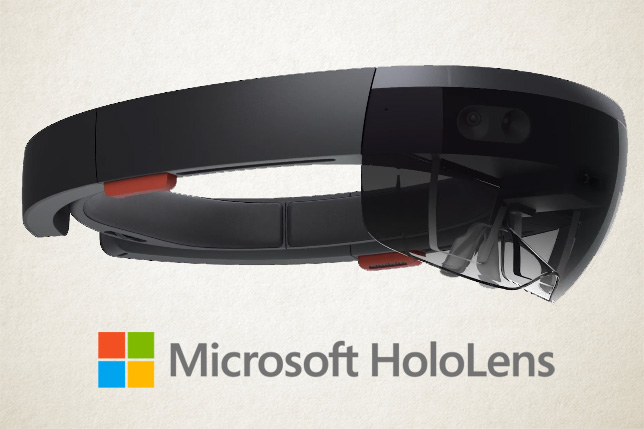Hey guys! This is my first post on this blog and what better way to start off than with a technology that is new, futuristic and quite frankly, one of the coolest thing that Microsoft has released in a long time; The HoloLens. Let jump right in, with a setting up the environment and running a Hello World App. I have take the the systems requirements and Installation links directly from HoloLens developers website since its already given perfectly there.

System requirements
The Windows 10 SDK works on windows 7, 8 and 8.1 as well as Windows Server 2008 and 2012 but i strongly recommend using Windows 10 operating system since not all tools are supported on older operating systems. Visual Studio 2015 also has its own hardware requirements (which you can check here).
The HoloLens emulator is based on Hyper-V and uses RemoteFx for hardware accelerated graphics. To use the emulator, make sure your PC meets these hardware requirements:
- 64-bit Windows 10 Pro, Enterprise, or Education (The Home edition does not support Hyper-V. Installing the HoloLens Emulator will fail on the Home edition)
- 64-bit CPU
- CPU with 4 cores (or multiple CPU’s with a total of 4 cores)
- 8 GB of RAM or more
- In the BIOS, the following features must be supported and enabled:
- Hardware-assisted Virtualization
- Second Level Address Translation (SLAT) – Find out if your system supports SLAT
- Hardware-based Data Execution Prevention (DEP)
- GPU (The emulator might work with an unsupported GPU, but will be significantly slower)
- DirectX 11.0 or later
- WDDM 1.2 driver or later
If your system meets the above requirements, please ensure that the “Hyper-V” feature has been enabled on your system through Control Panel -> Programs -> Programs and Features -> Turn Windows Features on or off -> ensure that “Hyper-V” is selected for the Emulator installation to be successful(quick tutorial if you get stuck here)
Installation checklist
| Download and Install | Notes |
|---|---|
| Visual Studio 2015 Update 2 | If you choose a custom install, ensure that Tools (1.3.1) and Windows 10 SDK (10.0.10586) is enabled under Universal Windows App Development Tools node. All editions of Visual Studio 2015 Update 2 are supported, including Community. |
| HoloLens Emulator | The emulator allows you to run apps on Windows Holographic in a virtual machine without a HoloLens. This package also includes holographic DirectX project templates for Visual Studio. Note: Your system must support Hyper-V for the Emulator installation to succeed. Please reference the System Requirements section below for the details. |
| Unity HoloLens Technical Preview Beta 14 | Last known release: April 22, 2016 The Unity engine is an easy way to get started building a holographic app. HoloLens support in Unity is available through a custom version of the Unity Editor and Runtime which is now available to download for free on the Unity website. The Unity HoloLens Technical Preview is based off of the Unity 5.4 Beta builds. Be sure to check back regularly for updated Unity builds. |
Skills needed
- C#/.NET
- Unity
- 3D game development experience is a plus
Hello world
Right! Now that your development environment is setup, we are ready to start creating some Holographic Applications. Best way to get started : Holograms 100. This includes basic starting steps you would follow to create any HoloLens app in the future. Hololens Toolkit provides shortcuts to a lot of the basic setup activities; But thats a topic for a different blog post.
Learning plan
Here are the tutorials (in order) you need to go through in order to get the basic learning out of the way before you finally start working on your original Holographic app. They will take an hour each if done properly and sincerely. Also, i strongly recommend playing around with unity and Holographic apps before before trying out 2nd and 3rd tutorial.
- Origami tutorial (If you are using an emulator, then use this tutorial)
- Gaze Advanced tutorial
- Gesture Advanced tutorial
The reason I chose these tutorials in because they cover the most commonly used scenarios. If you get bored with tutorials, do check out the galaxy explorer app that was created and open-sourced by Microsoft for developers.
Useful resources